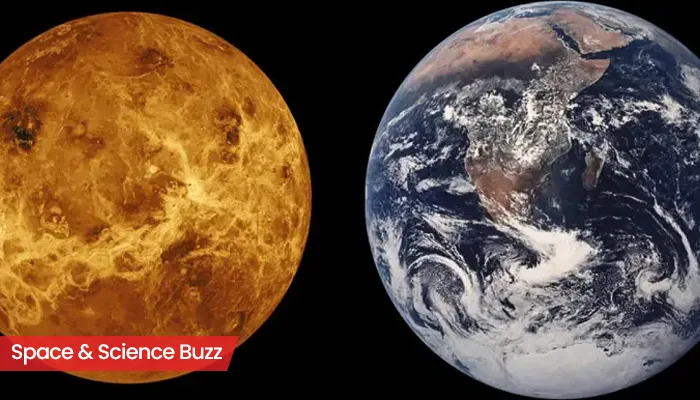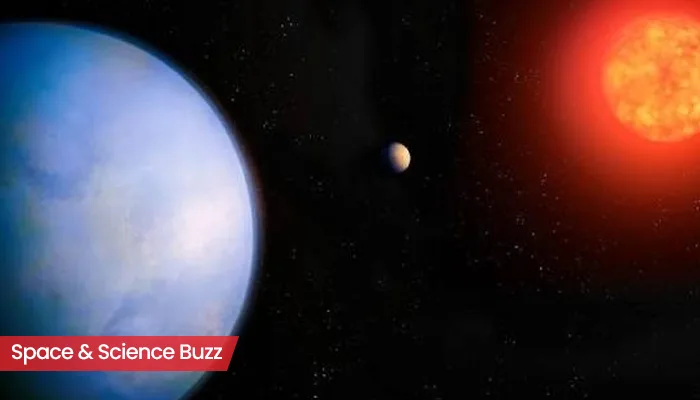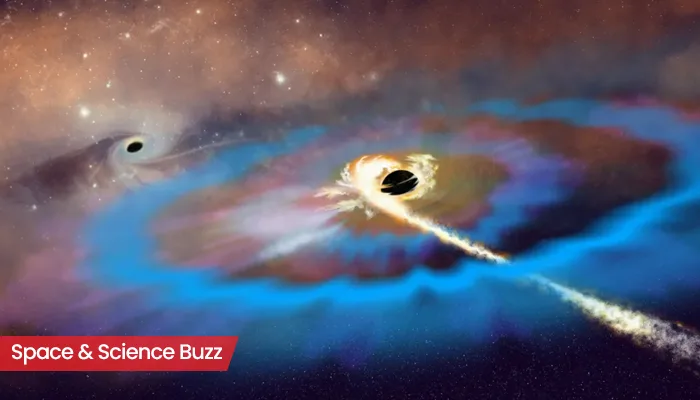
Here are today’s most important updates from the realm of Science and Space.
Farewell to Saturn's Splendor: Iconic Ring to Disappear in March 2025
Saturn, the sixth planet in the solar system, is famous for its astonishing ring system, visible even with low-cost telescopes. However, in just six months, these rings will vanish, leaving skygazers with a shocking view of a ringless Saturn.
The ring formation is a result of Saturn's 26.7-degree axial tilt and orbital dance around the Sun. Now, the Saturn will approach that specific point of its orbit, where those rings will align edge-on of the line of sight from the Earth. As the rings are very thin, they will become virtually invisible after March 2025. Gradually, the ring will be visible and again disappear in November 2025.

Sun Unleashes a Fiery Blast: Venus is in Danger Zone
A sudden and mysterious explosion took place in the sun's southeastern limb on September 1, causing a glaring coronal mass ejection (CME). However, this massive solar burst is not directed towards Earth, it is believed to impact Venus. This is the third CME reaching Venus within a week.
The explosion was categorised as a M5.5 flare causing a sunspot in southeastern limb. Unlike Earth, Venus doesn't have any strong magnetic field to protect from solar flares. This bombardment could potentially cause long-term damage to Venus's atmospheric composition.

Ocean's Hidden Treasures: Climate Change Is Burying Silver Underwater
Silver is getting buried under the sea due to climate change and global warming. A new study confirmed increasing amount of silver deposits in marine sediments. Generally, silver originates on land and then enters the oceans through weathering. Certain areas of the oceans are specially enriched with silver caused by heavy river inputs, atmospheric dust, along with human emissions. Global warming is promoting water temperatures along with coastal winds, ultimately increasing the intensity of upwelling. Scientists believe climate change might also impact other trace elements.

Climate Chaos: Siberia's 'Gateway to Hell' is Growing at Alarming Rate
The giant hole in Siberia, named as the "Gateway to Hell", is growing faster than predicted due to global warming and climate change. The Batagaika Crater is situated in the freezing Yana Highlands, which is around 200 acres wide and 300 feet deep. This crater is the second-oldest permafrost on our planet, which is even visible from the space.
Due to growth in alarming rate, scientists are anticipating a rise in green house gas emissions and erosion on the nearby Batagay River. As the crater is still melting, researchers have warned nearby villages before it engulf the whole area.


.webp)
.WEBP)
.WEBP)
.webp)
.webp)


.webp)
.webp)
.webp)
